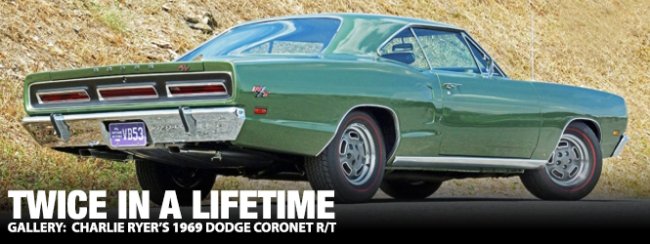
As Charlie Ryer, of York, PA, was nearing the end of his six-year Naval service in 1968, he would soon return home and find himself without a set of wheels. While stationed with the McMurdo Fire Department in the Antarctic, Charlie, along with his fellow mariners, passed the time reading car magazines and debating which of the big three’s vehicles were the greatest.
Most agreed that the Mopar offerings were among the best bang for the buck. Even though the interiors seemed sparse, the trade mags depicted the engines and drivetrains as efficient and dependable with plenty of bulletproof performance when it was demanded.

By September 1968, Charlie, now stateside, began checking the local dealerships. George Sager Dodge in Wrightsville, PA (near York, PA) was one of the dealers Charlie visited, and while scrutinizing the Dodges, he met George Sager. Charlie returned to the dealership several times, and each time Sager took time to speak with Charlie. By mid-October, the two got serious about what cars and options were available and how many dollars would have to be laid out.
Charlie narrowed his choice to the Coronet R/T or the Charger R/T, and after observing the location of the gas filler cap on the Charger, he selected the Coronet. Charlie felt the Charger’s (poorly placed) gas cap, located on the top of the quarter panel, would eventually lead to damaged paint from gasoline spillage during refueling.

With the body style selected, Charlie wanted the Coronet to have a 4-speed and air conditioning, but Sager stated, “Choose one or the other, but Dodge won’t let you have both with the R/T.” Having been stung by the performance bug, Charlie picked the 4-speed. Another item Charlie wanted was the all-new cast center road wheels, better known as the Kelsey-Hayes wheels. Again, Sager spoke up informing Charlie, “Those cast road wheels have recently been recalled (September 13, 1968) due to cracking.”
To lessen the sting about the wheels, Sager countered with the new Ramcharger hood scoop assembly, which soon would be available on the R/T. Pleased with the offering, Charlie checked off the Ramcharger option, which he felt more than made up for the wheels.

Just before Thanksgiving, Charlie and Sager had worked everything out, and a 440 4-speed Coronet R/T was ordered. Charlie selected the 440 over the Hemi because the Hemi was too expensive, and the 440 came with a 7-year, 70,000-mile powertrain warranty, while the Hemi had a 90-day, 4,000-mile warranty. Charlie ordered the R/T with a premium grade interior and black bucket seats.
The Coronet was ordered with the Track Pak, which included the A833 4-speed manual transmission with a Hurst shifter, a Sure-Grip equipped 9 ¾-inch Dana with 3.54 gears, a 7-blade cooling fan with a 26-inch radiator and matching shroud, and a dual-breaker distributor.

Charlie poured on the options, which included the interior light group, a Rallye Cluster, a console, a 46-amp alternator, tinted glass, a right-side manual mirror, 3-speed wipers, undercoating and a hood insulator pad, front and rear bumper guards, a music-master AM radio with rear seat speaker, power steering, and a sports-type steering wheel. Charlie opted for disc brakes, a six-way manual seat adjuster, and a rear window defogger.
The Coronet was ordered with a set of stamped steel wheels with dog dish hubcaps and F70-15-inch Red Streak polyglas tires. The paint selected was a Medium Green Poly hue with a deleted bumblebee stripe. According to Charlie, “The green paint was a nice quiet color and it grabbed me. The color along with the stripe delete added to the sleeper effect of the Coronet.”

The Coronet was assembled on January 27, 1969, and it arrived at George Sager Dodge a few weeks later. Charlie and his new bride, Pat, put the Coronet into service immediately. Seeing the R/T was the only car that Pat and Charlie owned, Pat, used to the stab and steer method of driving, had to quickly learn how to operate the clutch while rowing the 4-speed.
Occasionally, Charlie pressed the 440 into extreme duty to shut down some punk that ran off at the mouth a bit too much, but for the most part, the R/T was relegated to a mundane life of basic transportation. In the early ‘70s, a bumper hitch was added, so a small fishing boat could be pulled to wherever the big fish were biting.

As the years passed, even though Charlie maintained the Coronet, time and the harsh Pennsylvania winters began to take their toll. As was the problem with cars of this era, sheet metal rust began to appear, first in the quarter panels behind the rear wheels. The rust continued when bubbles formed in front of the rear wheels, and finally, the rust popped out in each rear wheel well. In the mid-1980s, the 440 developed a noise, which led to the 440 being pulled for repair. The engine was rebuilt and reinstalled into the R/T, but Charlie was never satisfied with the rebuilt engine’s performance. With little fanfare, the Coronet was retired in 1986.
Over the years, Charlie collected New Old Stock (NOS) parts, and by February 2006, Charlie had acquired enough parts to begin the Coronet’s restoration. Tim Kirkpatrick was the team leader for the restoration. He had a large amount of experience restoring all types of Mopar vehicles, and he had a network of people to complete sub-systems as necessary. The engine work and most of the drivetrain work was farmed out to the late drag racer Bill Stiles. Although Charlie met Stiles through the late Dave Strickler in the 1960s, it would be over forty years later before they became friends. Stiles machined, cleaned, and rebuilt the 440 to factory stock specifications.
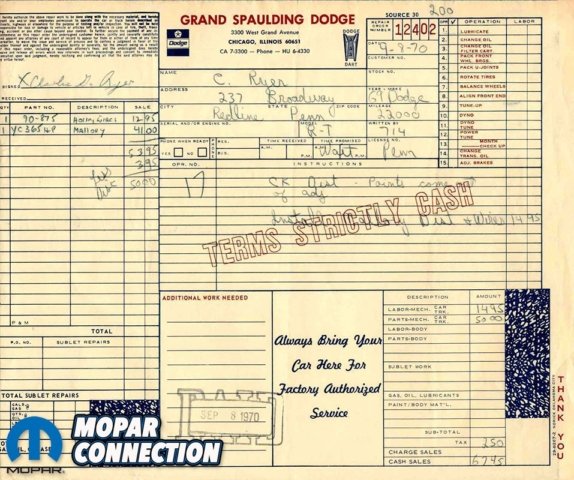
With the engine in good hands, Keith Shue handled the bodywork including rust removal and metal repair. Shue did his best to save as much of the original quarter panels as he could, but a significant amount of each quarter panel was removed. The trunk extensions and outer wheel wells were replaced with NOS replacement parts. When NOS sheet metal was not available, new metal was hand formed to replace the rusted metal. While the damage to the quarter panels was extensive, the rest of the Coronet had suffered zero rust damage. After repairing the quarter panels, Shue worked all the body panels, which resulted in perfect body lines.
With the bodywork complete, Cliff Mummert laid the basecoat of Medium Green Poly onto all of the Coronet’s body panels. He followed the basecoat with several flawless layers of clear coat. After the addition of the clear coat, the Medium Green looked as deep as a forest. Charlie stated, “Even though I constantly polished the original paint, the paint never shined like the fresh paint applied by Mummert.”

Finishing the restoration, Kirkpatrick updated the interior, and he completed the work on the drivetrain. Tim cleaned, refurbished, and reused the original parts, used NOS materials, or if an original part was too far gone to be reused and NOS materials were not available, quality used parts with the correct date codes and part numbers were tracked down, cleaned, tested, and installed.
The Coronet’s restoration was completed just a few weeks before the 2008 Chrysler Nationals. The R/T had been restored to a completely stock condition to match Charlie’s 1968 order form, but he added one additional option. The steel wheels were replaced with the Kelsey-Hayes wheels he had originally desired. With the addition of the reproduction Kelsey-Hayes wheels, Charlie’s Coronet became the car he had envisioned as a young man. At its first Chrysler Nationals showing, the R/T placed 2nd in its class. Fifty-one years later, Charlie and Pat enjoy the Coronet by taking it to local car shows. Charlie is one of a rare few that has had the opportunity to drive the same “new” vehicle twice in a lifetime.


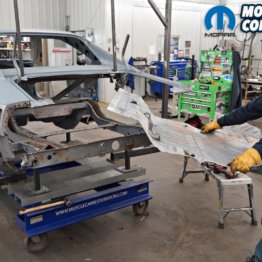

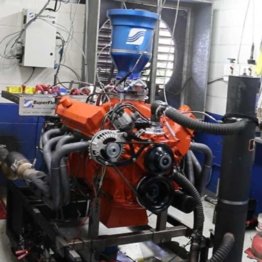
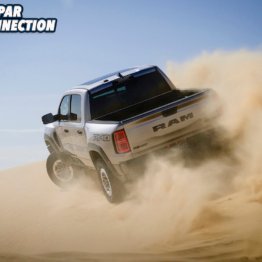
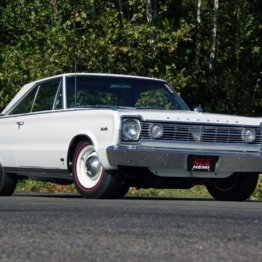


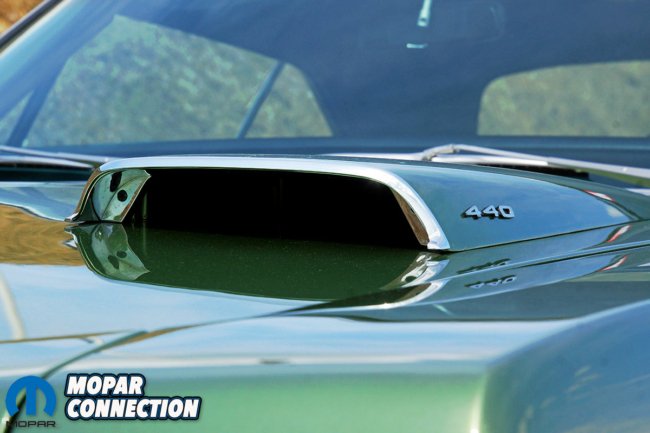









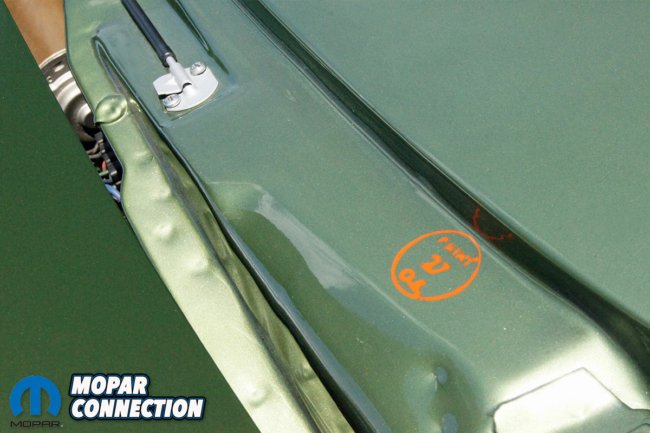
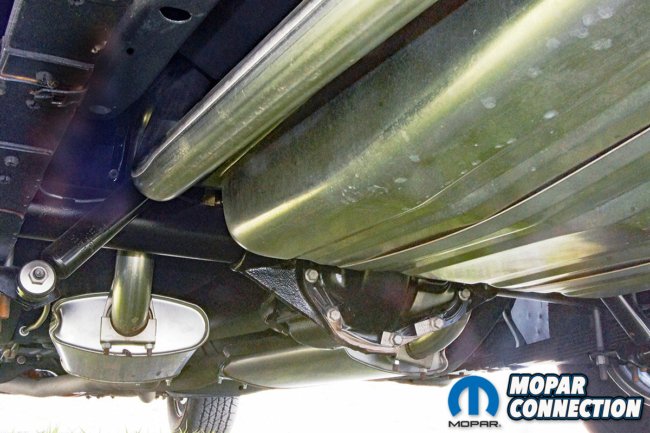



































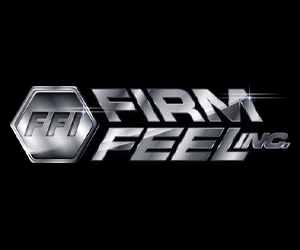

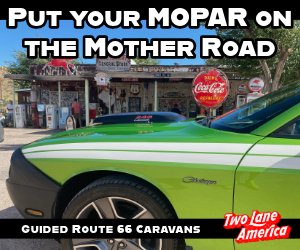

 Mopar Connection Magazine – The ONLY Daily Mopar Magazine © 2022. All Rights Reserved. Mopar Connection Magazine is the ONLY daily Mopar Magazine bringing you the latest Mopar news, technology, breaking news, and Mopar related events and articles. Find out the latest information about Mopar, Mopar products and services, stay up to date on Mopar enthusiast news, dealership information and the latest Mopar social media buzz! Sign up for the Mopar Connection Magazine newsletter for the latest information about new products, services and industry chatter. Mopar Connection Magazine is the best and only source you need to be a Mopar industry insider!
Mopar Connection Magazine – The ONLY Daily Mopar Magazine © 2022. All Rights Reserved. Mopar Connection Magazine is the ONLY daily Mopar Magazine bringing you the latest Mopar news, technology, breaking news, and Mopar related events and articles. Find out the latest information about Mopar, Mopar products and services, stay up to date on Mopar enthusiast news, dealership information and the latest Mopar social media buzz! Sign up for the Mopar Connection Magazine newsletter for the latest information about new products, services and industry chatter. Mopar Connection Magazine is the best and only source you need to be a Mopar industry insider! by
by